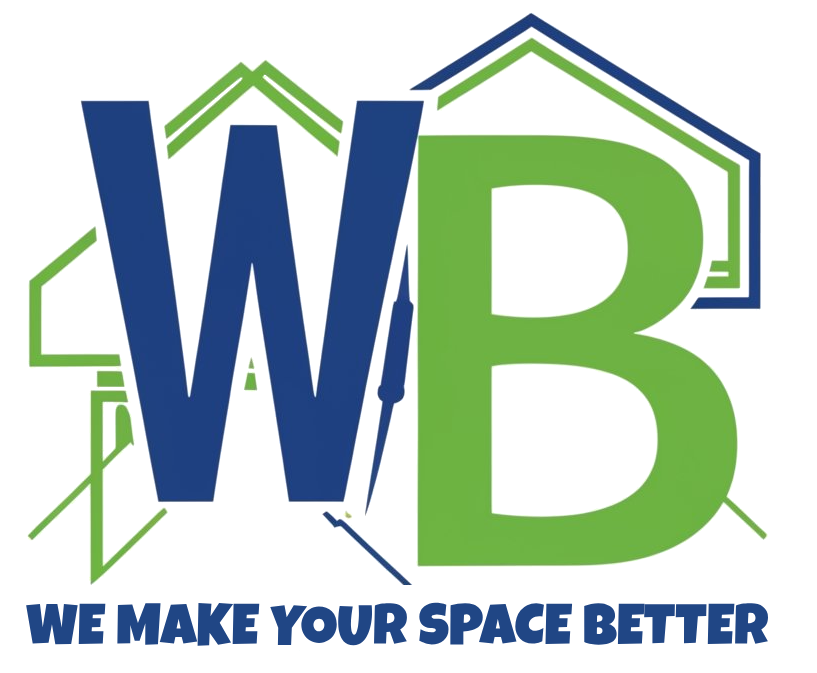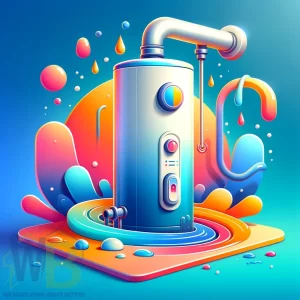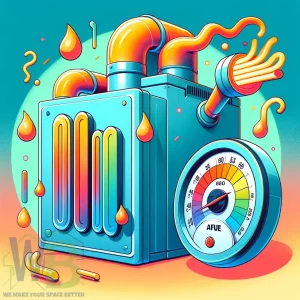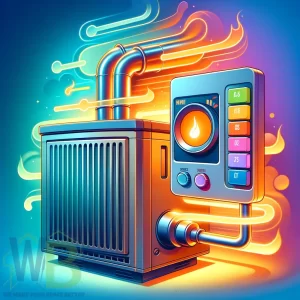There are different types of HVAC systems, each with advantages and disadvantages.
HVAC systems play a big role in keeping our homes comfortable. HVAC stands for Heating, Ventilation, and Air Conditioning. These systems help us stay warm in winter and cool in summer.
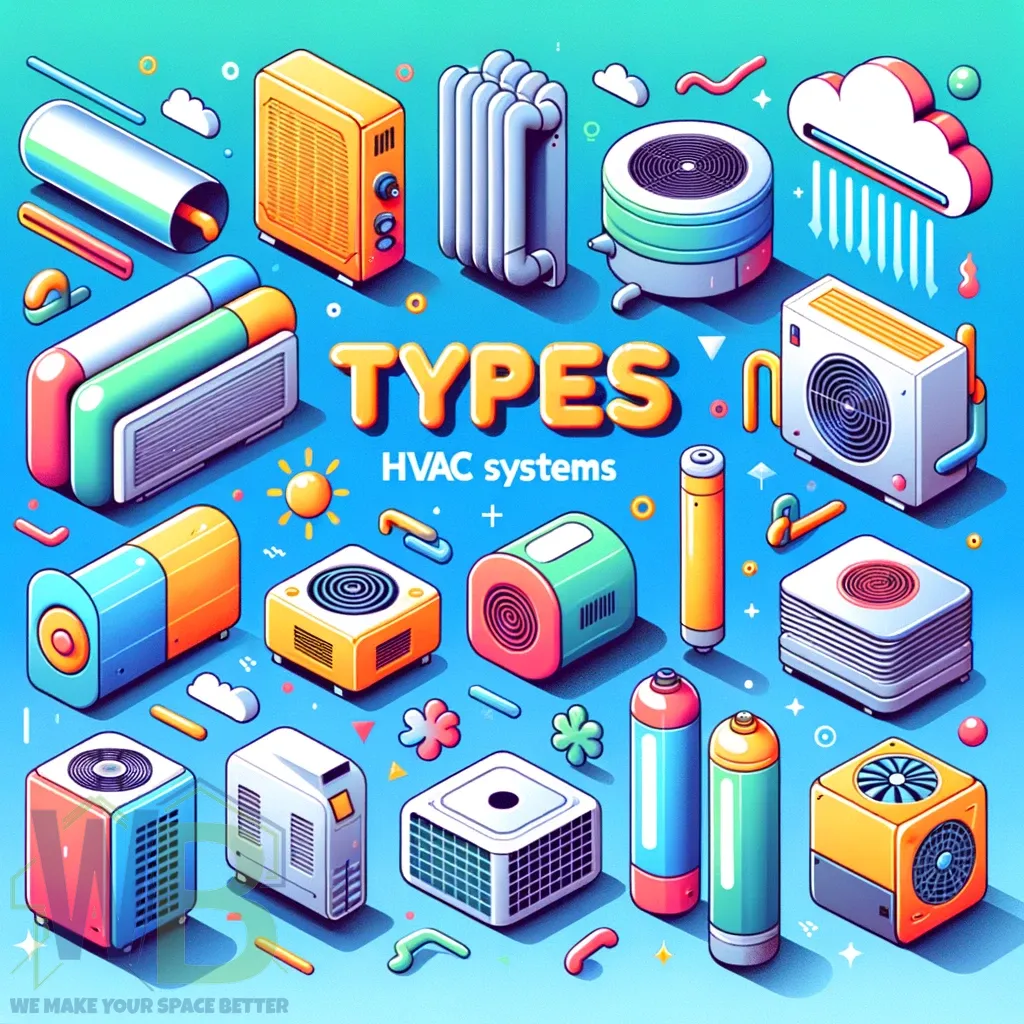
Quick Summary
| Type of System | Pros | Cons |
|---|---|---|
| Heating and Cooling Split Systems | – Common and efficient – Customizable – Indoor and outdoor components | – Higher installation and repair costs – Space requirements – Regular maintenance |
| Ductless Mini-Split Systems | – Efficient and flexible – No need for ducts – Quiet operation – Easy installation | – Higher initial costs – Aesthetic considerations – Requires professional installation |
| Packaged Heating and Air Systems | – Space-saving design – All-in-one convenience – Ease of installation | – Higher operating costs – Limited placement options – Exposure to elements |
| Hybrid Split Systems | – Energy efficiency – Environmental impact – Flexibility and comfort – Cost savings in mild climates | – Higher initial cost – Complexity – Dependence on electricity |
| Duct-Free Systems | – Individual zone control – Versatility – Improved air quality – Energy efficiency | – Aesthetic impact – Cost – Maintenance |
| Geothermal Systems | – Energy efficiency – Environmentally friendly – Longevity and reliability – Year-round comfort | – High initial costs – Landscape disruption – Not suitable for all locations – Longer payback period |
1. Heating and Cooling Split Systems
Heating and Cooling Split Systems are very common in many homes. As the name suggests, these systems are split into two main parts. One part is for heating and the other for cooling.
Pros
- Common and Efficient: These systems are used a lot. This means many technicians know how to fix them. This makes it easier to keep them working well. They also use energy well, which can help save money on bills.
- Indoor and Outdoor Components: The split design means part of the system is outside (like the air conditioner) and inside (like the furnace). This design helps in efficient temperature management.
- Customizable: Many of these systems can add air purifiers, humidifiers, and other features to improve air quality in your home.
Cons
- Higher Installation and Repair Costs: Putting in a split system costs more. It needs more parts and work. If it breaks, fixing it can be expensive too.
- Space Requirements: These systems need enough space for both the indoor and outdoor units. This can be a challenge in smaller homes or apartments.
- Regular Maintenance: These systems need regular check-ups to keep them running efficiently, which can add to the overall cost.
Heating and Cooling Split Systems are a popular choice for many due to their efficiency and ability to improve air quality. However, they require significant space and investment in installation and upkeep.
2. Ductless Mini-Split Systems
Ductless Mini-Split Systems are getting more popular. They are great for homes where normal duct systems don’t work well. These systems have one part outside and one or more parts inside. You can control each inside part on its own.
Pros
- Efficient and Flexible: These systems are known for their energy efficiency, which can lead to lower electricity bills. They are also flexible since you can independently control the temperature in different zones or rooms.
- No Need for Ducts: As the name implies, these systems don’t need ducts. This makes them a great option for old homes that can’t fit ducts. They’re also good for new areas like garages or room additions, heating, and cooling.
- Quiet Operation: Mini-splits are quieter compared to traditional systems. This can be a big plus if you’re sensitive to noise.
- Easy Installation: These systems are generally easier and quicker to install without extensive ductwork.
Cons
- Higher Initial Costs: Even though they save money in the long run, the upfront cost of ductless mini-split systems can be higher than traditional systems.
- Aesthetic Considerations: Indoor units are visible and can affect the look of your room. Some people might not like this.
- Maintenance: Each indoor unit requires its own maintenance, which can add up if you have multiple units in your home.
- Requires Professional Installation: Proper installation is crucial for these systems to work efficiently. This means you’ll need to hire a professional, which adds to the cost.
Ductless Mini-Split Systems are a good and efficient way to heat and cool homes, especially where you can’t install ducts. They save money after a while. But you need to consider the first cost and how it looks in your home.
3. Packaged Heating and Air Systems
Packaged Heating and Air Systems are designed to be compact, combining heating and cooling into one unit. These systems are typically installed outside the home and can be a great option for smaller spaces.
Pros
- Space-Saving Design: Since these systems combine heating and cooling elements in one unit, they save space. This makes them ideal for smaller homes or areas where space is limited.
- All-In-One Convenience: A single unit for heating and cooling simplifies maintenance and repairs. You won’t have to worry about separate systems.
- Ease of Installation: Packaged systems are generally easier to install than split systems because most components are contained in one unit.
Cons
- Higher Operating Costs: While these systems are convenient, they may cost more. This is because they might not be as efficient as split systems regarding energy use.
- Limited Placement Options: These units are typically installed outdoors, requiring a suitable space outside your home. This can be challenging in urban areas or homes with limited outdoor space.
- Exposure to Elements: Being outside, these units are more exposed to weather and environmental factors, which could lead to more wear and tear over time.
Packaged Heating and Air Systems are handy and save space for heating and cooling. They work well when you don’t have much room. But they might cost more to run, and you need the right outdoor space. These are key things to think about.

4. Hybrid Split Systems
Hybrid Split Systems are a new way to control the temperature in your house. They use both a regular gas furnace and an electric air-source heat pump to make your home warm in the winter and cool in the summer.
Pros
- Energy Efficiency: Hybrid systems have a big advantage because they save energy. They use a heat pump when it’s cold and a gas furnace when it’s colder. This helps you use less energy and lower your bills.
- Environmental Impact: Hybrid systems can be more environmentally friendly. The heat pump part of the system uses less fossil fuel than traditional heating methods.
- Flexibility and Comfort: These systems switch between gas and electric modes based on the temperature. This keeps your home comfortable no matter the weather.
- Cost Savings in Mild Climates: A heat pump can save you a lot of money on heating in places where winters are not very cold.
Cons
- Higher Initial Cost: Hybrid systems can cost more to install than regular HVAC systems because of their advanced technology and dual components.
- Complexity: These systems need special setup and upkeep. This might make them cost more and harder to get.
- Dependence on Electricity: While the heat pump is efficient, it relies on electricity. This could be a drawback in areas with high electricity prices or frequent power outages.
Hybrid Split Systems represent a modern and efficient way of managing home temperatures. They are especially suited for regions with varying weather patterns.
The initial investment might be higher, but the efficiency and flexibility can lead to cost savings and improved comfort in the long run.
5. Duct-Free Systems
Duct-Free Systems, also called Ductless Systems, provide a different option than regular HVAC systems. These systems don’t need ducts, so they work well in different types of homes.
Pros
- Individual Zone Control: Duct-Free systems help you control room temperatures. You can heat or cool only the needed rooms, saving energy and money.
- Versatility: Duct-free systems work where ducted ones can’t, like in add-ons, sunrooms, or old buildings.
- Improved Air Quality: Ductless systems have filters that improve indoor air by removing dust, germs, pollen, and other bad stuff. They’re better than systems with ducts.
- Energy Efficiency: These systems save energy by not using ducts, which can lose heat. This is especially good for homes with poorly insulated ducts.
Cons
- Aesthetic Impact: Indoor units of duct-free systems are visible and may not blend seamlessly into a room’s decor. Some homeowners may find this undesirable.
- Cost: Duct-free systems save energy but cost more to install, especially for a whole house.
- Maintenance: Each indoor unit needs to be maintained separately. This can be more time-consuming and potentially costly, especially if you have multiple units.
Duct-Free systems are flexible and efficient. They work well for heating and cooling in places where ducts can’t go.
They’re good for controlling the temperature and air quality in specific areas. But, remember, they might cost more at the start and be visible.
6. Geothermal Systems
Geothermal systems are a great way to heat and cool your home. They use the Earth’s stable underground temperatures to keep your house comfortable all year. These systems are efficient and good for the environment.
Pros
- Energy Efficiency: Geothermal systems are incredibly efficient. They use a small amount of electricity to transfer heat to and from the ground, which can significantly reduce energy bills.
- Environmentally Friendly: Since they rely on the earth’s stable temperature and use less electricity, geothermal systems have a lower environmental impact than traditional HVAC systems.
- Longevity and Reliability: These systems have fewer moving parts and are not exposed to outdoor elements, which means they can last longer and require less maintenance than other types of HVAC systems.
- Year-Round Comfort: Geothermal systems provide consistent heating and cooling, ensuring comfortable indoor temperatures no matter the season.
Cons
- High Initial Costs: Installing a geothermal system can be expensive. It requires digging and installing underground pipes, which involves significant labor and materials.
- Landscape Disruption: The installation process can disrupt your landscape. It requires sufficient land area for the underground loop system.
- Not Suitable for All Locations: Geothermal systems are not feasible everywhere. The suitability depends on the property’s geology, soil conditions, and available land space.
- Longer Payback Period: While these systems can save money in the long run, the initial investment is substantial, and it might take several years to recoup the costs through energy savings.
Geothermal systems are a smart choice for heating and cooling. They’re great for homeowners who want an eco-friendly, efficient, and durable HVAC option. While the upfront costs and property needs are high, the long-term rewards can be big.
Understanding HVAC System Types – Making the Right Choice
Choosing the right HVAC system for your home can be tricky. But knowing about different types helps. Each kind, like the common Heating and Cooling Split Systems or the new Geothermal Systems, has its own good and bad points.
The best system depends on your home size, where it is, and what you need. Some systems are good at saving energy and are better for the environment. Others are easier to put in. Consider how much it costs over time, not at the start. Also, consider how often it needs to be checked and fixed, how it makes your home feel, and the air quality.
Picking the right HVAC system can make your home more comfortable. It can also help you save money on your energy bills and be better for the planet. It’s all about finding what fits your home and what’s important to you in a heating and cooling system.
